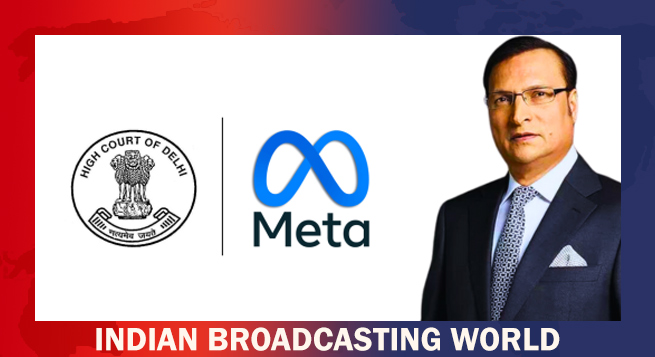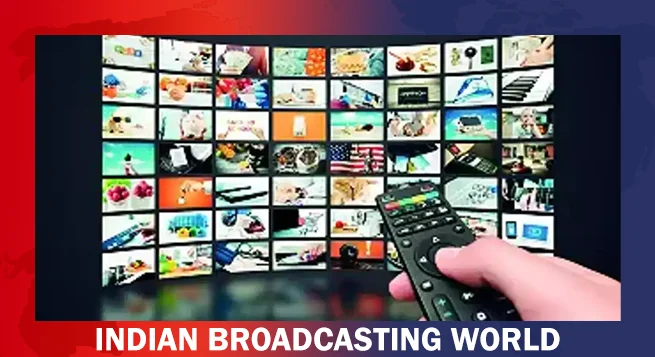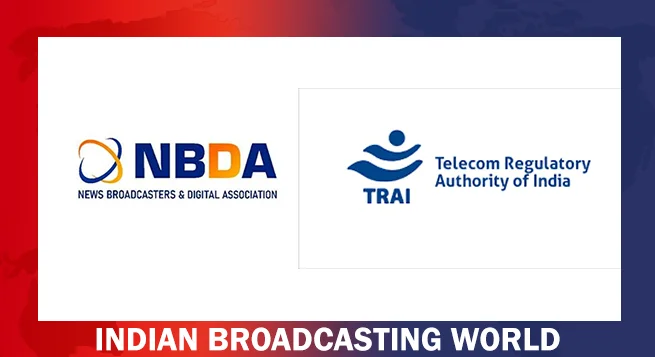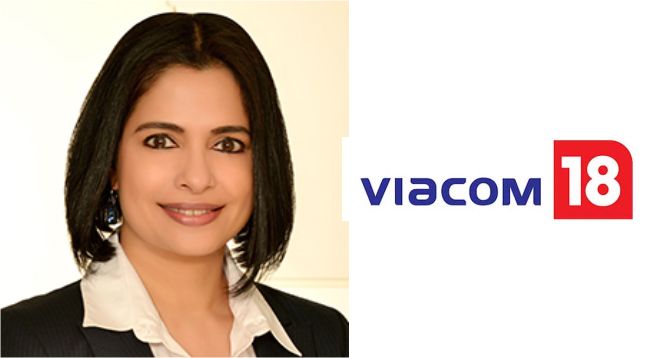Viacom18 CEO and President of Jio Platforms Jyoti Deshpande is hopeful that in 10 years, with a little bit of help from the government, the Indian media and entertainment (M&E) sector could be contributing at least five percent to the GDP with the aim to be 2 percent of the GDP over the next three to five years.
The media veteran, who was speaking to the Pickle magazine on the eve of the start of the ongoing Dubai Expo where the India Pavilion has traditionally been a great attraction for the global M&E execs, also added that regulation should be ‘nimble’ and ‘intuitive’ so that it helps bolster the Indian M&E sector, while protecting consumer interests.
“Ten years from now, the Indian M&E sector should be at least 5% of our GDP. The Indian M&E market should have driven up ARPU on the back of prolific consumption to be a top three market globally, competing with US and China,” Deshpande said in the interview (https://pickle.co.in/business/the-path-finder-jyoti-deshpande/).
Optimistic on India’s capabilities to carry forward its sterling tradition of story-telling, riding existing and future technologies, Deshpande, who was brought into Viacom18 last year from the Reliance Industries Chairman’s Office, opined: “The key competitive advantage India will have is that the traditional parts of the media value chain will not decline as fast as it happened in developed countries, while the new media will grow just as fast. The US M&E sector is 5-7% of their GDP in any given year, so there is no reason why we cannot achieve 2% of the GDP in the next 3-5 years.
“ ‘Make in India and Show the World’ mantra driven by Indian storytellers and tech companies would unleash the true power of the Indian Mythoverse into the Metaverse.”
Dwelling on her goals, Deshpande said one of her major objectives would be to “work with the government and the Indian M&E industry champions” to ensure that the sum of the parts is greater than the whole, and there’s a sustainable path to becoming a $100 billion industry, which is currently less than $28 billion in size.
“This has been our dream for a while, as we straddle changing dynamics of traditional and new media, in the backdrop of a complex regulatory environment,” she explained.
Pointing out that there was still more than 300 million internet dark households who are being targeted to convert through 4G/5G and only about 66 percent of households own a television set in India, she said, “There is still headroom for new households to come into play in both traditional and new media in what is a rapidly developing (into a) nation of young people. Cinema and print have been hardest hit in the pandemic while digital has been the biggest beneficiary.”
Asked about the importance of creation of Indian IPs to make ‘Make In India and Show The World’ initiative a success, Deshpande was of the opinion that “protection of copyright is a pivotal spoke of the flywheel”.
“It is estimated that last year India recorded over 6.5 billion visits to piracy websites, third highest in the world after US and Russia. As the various windows of exploitation collapse to offer consumers the ultimate choice to legitimately watch what they want when they want it, on the one hand we will need to work with the government to enforce stronger consequences to piracy that are effective deterrents and on the other hand, we need to create technological barriers to piracy with further advancements,” she added.
 Delhi HC orders meta to remove deepfake videos of Rajat Sharma
Delhi HC orders meta to remove deepfake videos of Rajat Sharma  Govt. blocked 18 OTT platforms for obscene content in 2024
Govt. blocked 18 OTT platforms for obscene content in 2024  Broadcasting industry resists inclusion under Telecom Act
Broadcasting industry resists inclusion under Telecom Act  DTH viewing going down & a hybrid ecosystem evolving: Dish TV CEO
DTH viewing going down & a hybrid ecosystem evolving: Dish TV CEO  New adventure of detective Feluda debuts on Hoichoi Dec. 20
New adventure of detective Feluda debuts on Hoichoi Dec. 20  ‘Pushpa 2’ breaks records as most watched film of 2024: BookMyShow Report
‘Pushpa 2’ breaks records as most watched film of 2024: BookMyShow Report  Hungama OTT unveils ‘Pyramid’
Hungama OTT unveils ‘Pyramid’  Amazon MX Player to premiere ‘Party Till I Die’ on Dec 24
Amazon MX Player to premiere ‘Party Till I Die’ on Dec 24  aha Tamil launches ‘aha Find’ initiative with ‘Bioscope’
aha Tamil launches ‘aha Find’ initiative with ‘Bioscope’  Netflix India to stream WWE content starting April 2025
Netflix India to stream WWE content starting April 2025 








